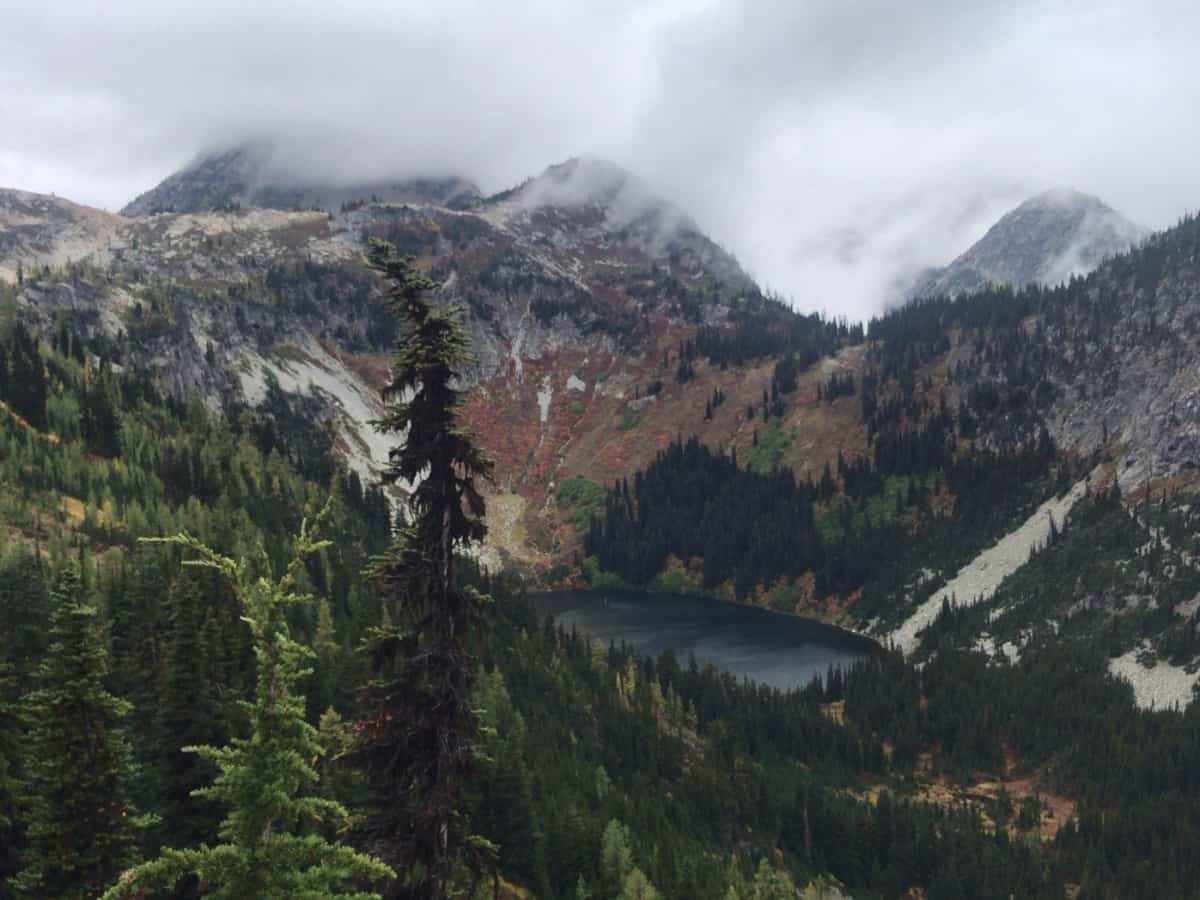
Mountain School @ Home Lesson 15: Watersheds in the North Cascades and at Home
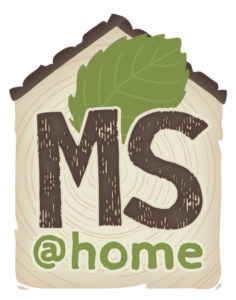 Students! Parents! Teachers! During this time of school closures and stay-at-home guidelines, North Cascades Institute is sharing lessons and activities from our talented Mountain School instructors. We hope these will inspire students of all ages to continue to learn about the natural world and discover new connections to the outdoors from home. This lesson was created by Mountain School instructor Taylor Woolsey. Find more lessons and activities on our blog or website.
Students! Parents! Teachers! During this time of school closures and stay-at-home guidelines, North Cascades Institute is sharing lessons and activities from our talented Mountain School instructors. We hope these will inspire students of all ages to continue to learn about the natural world and discover new connections to the outdoors from home. This lesson was created by Mountain School instructor Taylor Woolsey. Find more lessons and activities on our blog or website.
Watersheds in the North Cascades and at Home
The river is flowing
Flowing and growing
The river is flowing
Down to the sea
Where does water exist around you?
For some, the answer is in the outside world—rain, lakes, rivers, or oceans.
In an inside space, one could identify showers, sinks, pipes, or refrigerators.
Thinking deeper, you may notice that water also exists in creatures, inside plants, underground, or stored in clouds. What are some other less obvious sources of water in our world?
What is a Watershed?
NOAA (National Oceanic and Atmospheric Administration) defines a watershed as “a land area that channels rainfall and snowmelt to creeks, streams, and rivers, and eventually to outflow points such as reservoirs, bays, and the ocean”. To simplify, a watershed is the land where water flows and empties (“sheds”) into the same place.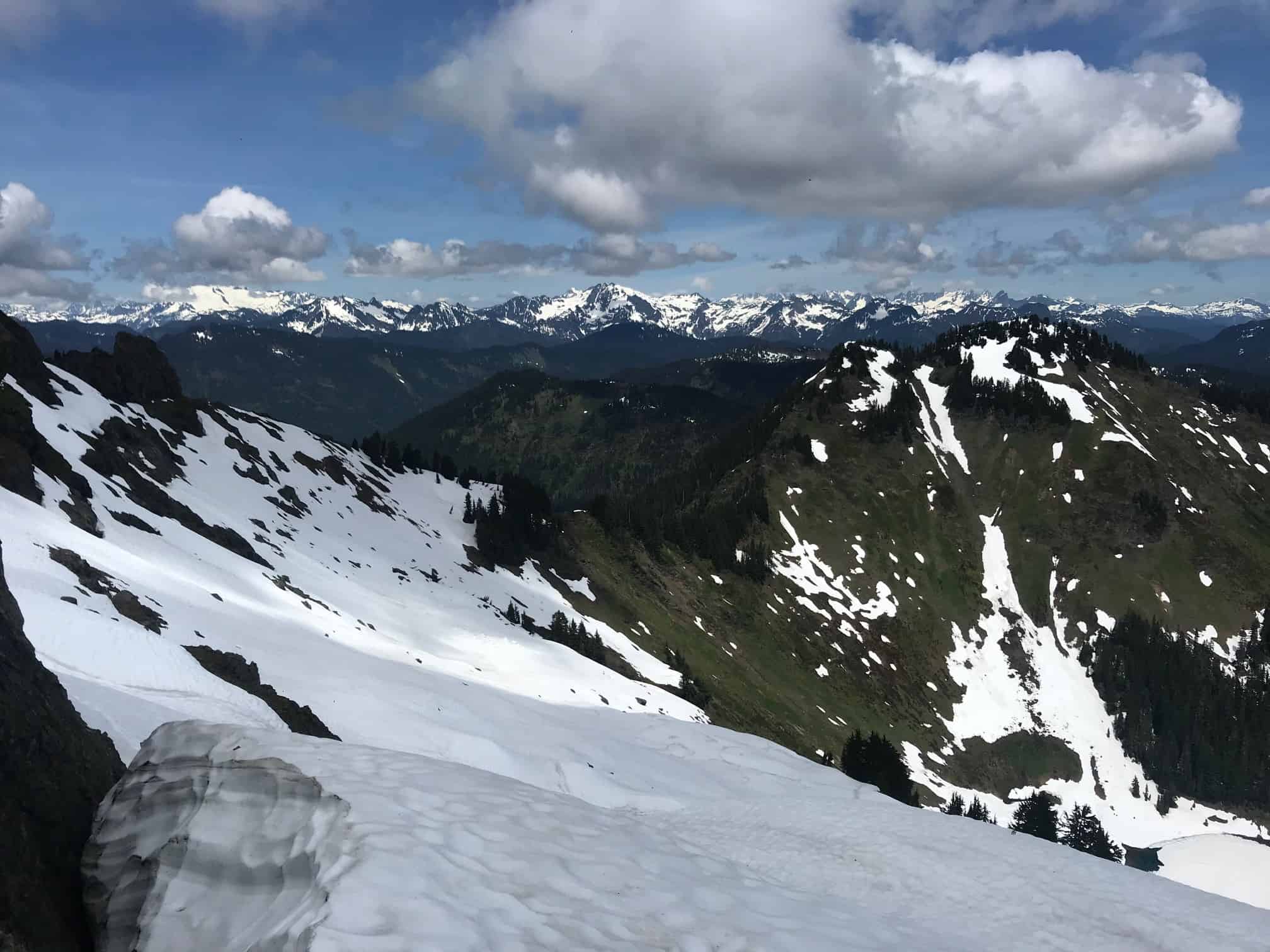 Try this! Hold your hands out like a cup, making sure to squeeze your fingers together so there is no opening. Then, have another person pour a little bit of water into your cupped hands. Do you see how the water is traveling down the creases to collect at the bottom? This is just like a watershed!
Try this! Hold your hands out like a cup, making sure to squeeze your fingers together so there is no opening. Then, have another person pour a little bit of water into your cupped hands. Do you see how the water is traveling down the creases to collect at the bottom? This is just like a watershed!
A watershed will begin at the headwaters (the source of a stream or river) and includes all water that flows downwards toward a larger body of water, like a lake or ocean (outflow). All of the streams, creeks, rivers, and lakes on the way down are also a part of the watershed.
What is in a Watershed?
A watershed consists of natural phenomena (glaciers, rainfall, snow, streams, etc.), animal and human habitats (houses, schools, salmon redds, orca pods, etc.) and place-based resources (fish hatchery, lumber, National Parks, blueberry farm, cattle ranch, etc). 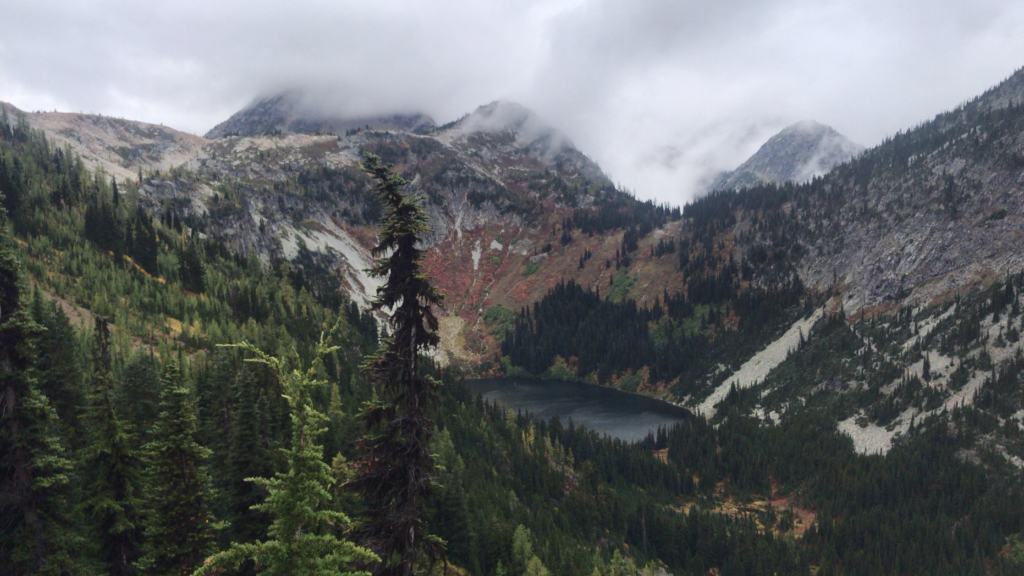
Each of the place-based resources in a watershed can affect the health of an ecosystem as a whole depending on proximity to the water. And since rivers flow down, it is important to think about how different developments can impact the water. For example, the building of a cattle ranch upriver could cause potential pollution to salmon living and traveling downriver.
The Skagit River Watershed
Adapted from Sharing the Skagit, curriculum from the first years of Mountain School 30 years ago!
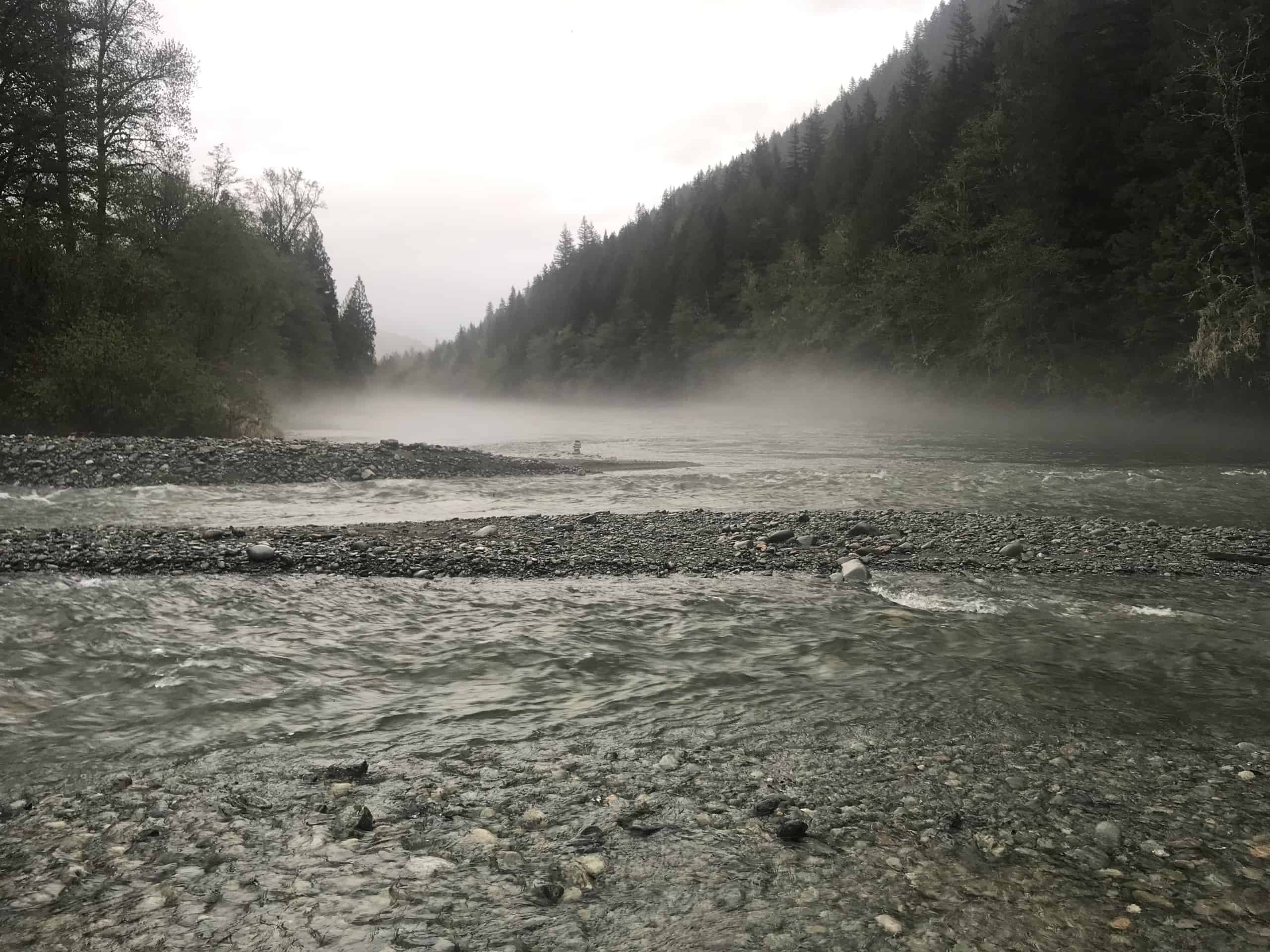 The North Cascades is a land of rivers. The journey of a river is a story that shapes the land. The Skagit is one of the great rivers of North America, and the third largest river on the west coast of the continental United States. The river and its tributaries are the focus of life and energy for more than 1.7 million acres of the North Cascades. Consisting of hundreds of glistening glaciers, tumbling waterfalls, rushing creeks, soaring eagles and spawning salmon, the Skagit is the largest watershed in the Puget Sound Basin, providing over 20 percent of the water flowing into the Sound. In Washington, the river basin includes most of Skagit County and the northeastern and eastern parts of the Snohomish and Whatcom counties.
The North Cascades is a land of rivers. The journey of a river is a story that shapes the land. The Skagit is one of the great rivers of North America, and the third largest river on the west coast of the continental United States. The river and its tributaries are the focus of life and energy for more than 1.7 million acres of the North Cascades. Consisting of hundreds of glistening glaciers, tumbling waterfalls, rushing creeks, soaring eagles and spawning salmon, the Skagit is the largest watershed in the Puget Sound Basin, providing over 20 percent of the water flowing into the Sound. In Washington, the river basin includes most of Skagit County and the northeastern and eastern parts of the Snohomish and Whatcom counties.
The Skagit Watershed is a land of rugged peaks and deep valleys. The floors of its river valleys are low compared to their headwaters – lush lowland forests extend far into the mountains. Most of the basin lies above 2,000 feet! The highest points in the Skagit basin are two volcanoes: Mt. Baker and Glacier Peak.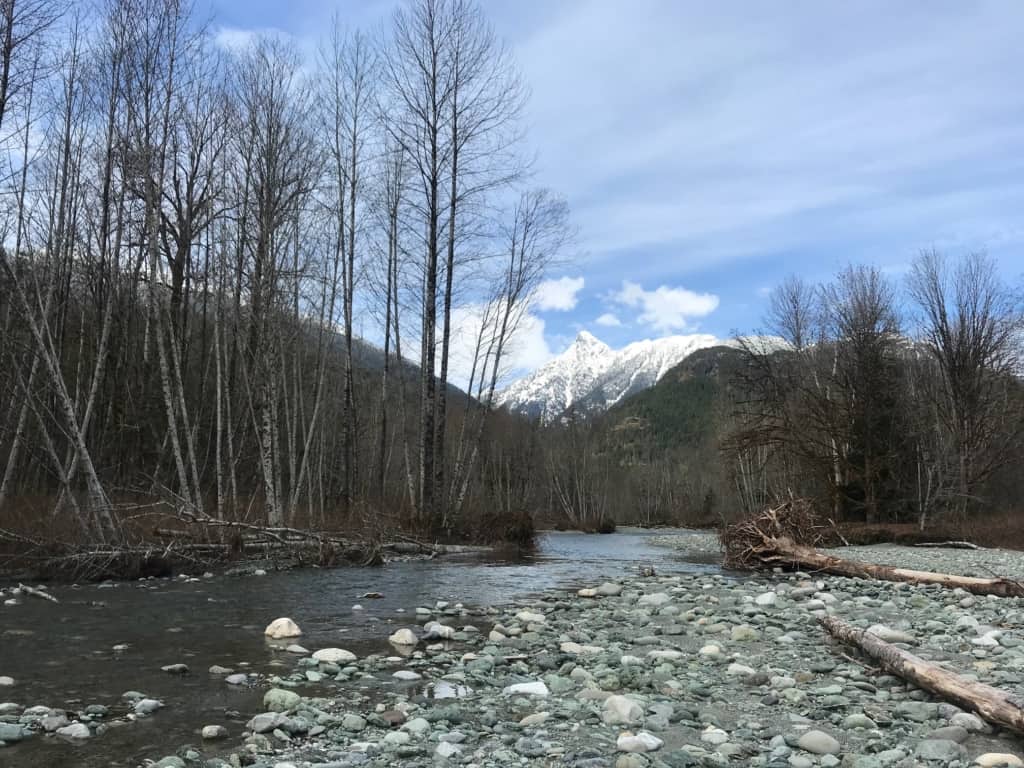
Find your watershed! The Skagit Watershed is complex and unique, but it is not the only one! You can go to Washington’s Department of Ecology website and use your address to find your home’s watershed.
Create a Watershed
Now you’ll have an opportunity to create a model of a watershed and examine different impacts to land and water in a watershed.
Activity time: 10-20 minutes
What you’ll need:
- 1 piece of paper
- 1 permanent marker
- 3 to 6 water-based markers
- Spray bottle with water
- A surface that can get a little wet
If you don’t have a spray bottle, you can dip your hand in a cup of water and flick it onto the paper to create a rainstorm!
Step by step:
- Anywhere on your blank paper draw some resources or habitats you might find in a watershed. For example, a house, farm, factory, and school.
- Color each of those drawings in with a different marker color (water-soluble)
- Gently crumble your paper so it is no longer flat, enough that creases form to represent mountains and valleys.
- Making sure to not flatten out the paper all the way, use a permanent marker to trace along any upward crease, these are the ridgelines.
- Then, use a blue washable marker to draw along the downward creases, anywhere you can imagine water would flow on your landscape.
- Time for a rainstorm! Use a spray bottle to mist “rain” directly over your paper, continuing until you see the marker colors begin to run.
- Take a look at your landscape post-rainstorm and think about what has changed and where colors have run into one another.
Discussion questions:
- Thinking back to the start of the activity, did you have a plan for where you put your resources or habitats? Why did you put them where you did?
- Where on your landscape did the water “shed”?
- As the rainstorm continued, did any lakes form?
- After the rainstorm, where were the areas of pollution and contamination?
- Knowing what you do now, would you move any of your resources or habitats?
- Think about the watershed where you live, what are some of the impacts to the water around you?
- What are some ways you can protect watersheds?
Activity and lesson adapted from the Mountain School Watershed lessons
Thank you for helping us offer these at-home lessons for transformative learning experiences in nature by making a gift at www.ncascades.org/give.

